By the team of writers at Alibaba DAMO Academy.
In this article, Alibaba DAMO Academy , the research institute and innovation powerhouse behind Alibaba Group and Alibaba Cloud , will be sharing what it predicts will be the top 10 trends in technology and computing in 2020. By placing next year's technologies under the microscope, DAMO hopes to be right at the forefront of this year's technology revolution, producing more leading technological innovations for Alibaba.
Up to now, Artificial intelligence , or AI, has already reached, and in some ways even surpassed, humans in the realm of perceptual intelligence when it comes to things like speech to text, natural language processing, and tracking subjects in video clips. But one area where AI still lags behind is cognitive intelligence.
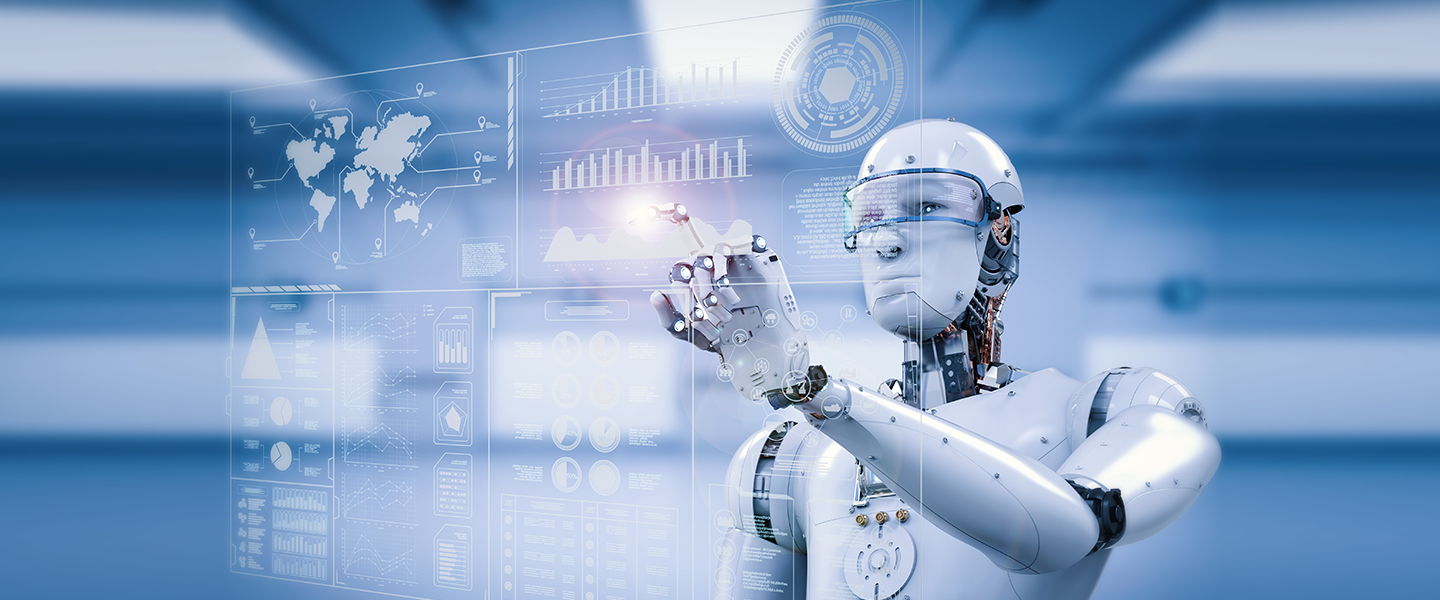
Cognitive computing is hard because it requires a lot of external knowledge, logical reasoning, as well as something called domain migration. So, it's still very much in its infancy, but we know it will still have a major impact this year, making it our number one technology for 2020.
Throughout this year and in the future, cognitive intelligence keep growing in prominence and application, drawing inspiration from such fields as cognitive psychology, brain science, and social history. Moreover, its applications will gather together the technologies and computing techniques of cross-domain knowledge graphs, causality inferences, and continuous learning to establish effective mechanisms for more stable acquisition and knowledge expression.
These two last things, acquisition and the expression of knowledge, are to a certain degree the two biggest things that will make machines capable of conceptually understanding and utilizing knowledge in ways they haven't ever before, thus taking the computer from the realm of perceptual intelligence to that of cognitive intelligence.
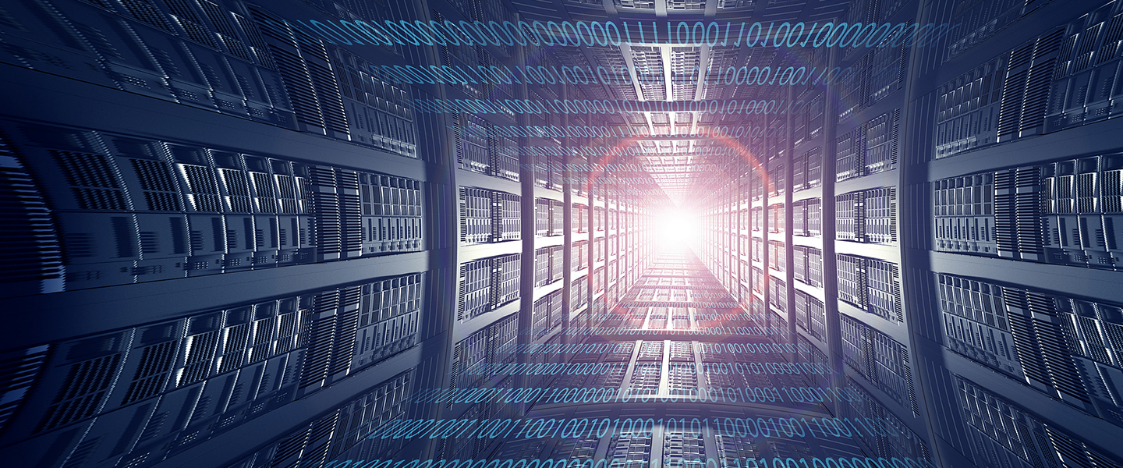
In the classic Von Neumann architecture—the major architecture now used in most desktops, laptops and powerful workstation computers—the memory and processor are separate, and the computation therefore requires data to be moved back and forth between the two. In the past, this architecture was truly innovative. However, with the rapid development of data-driven AI algorithms these days, it has become something of a bottleneck for explorations into ever more advanced AI and machine learning algorithms.
In contrast to this architecture, the processing-in-memory (PIM) architecture integrates memory and the processor together, allowing computations to be performed directly where the data is stored. We think that this architecture can break down the memory wall that today's AI is facing, as it can provide computation parallelism and significantly better power efficiency.
In 2020, with the continued rollout of 5G and growth in the internet-of-things (IoT) market, we expect there'll be a new wave of innovation and digital technologies that will be coupled by the further advancement of cloud computing and edge computing technologies. As we see it, this new wave will accelerate the fusion of information and communication systems and industrial control systems.
For example, through industrial IoT applications, manufacturing companies will achieve new levels of automation, improve in-factory logistics and production scheduling. We think that these systems will make consumer-to-business smart manufacturing a reality.
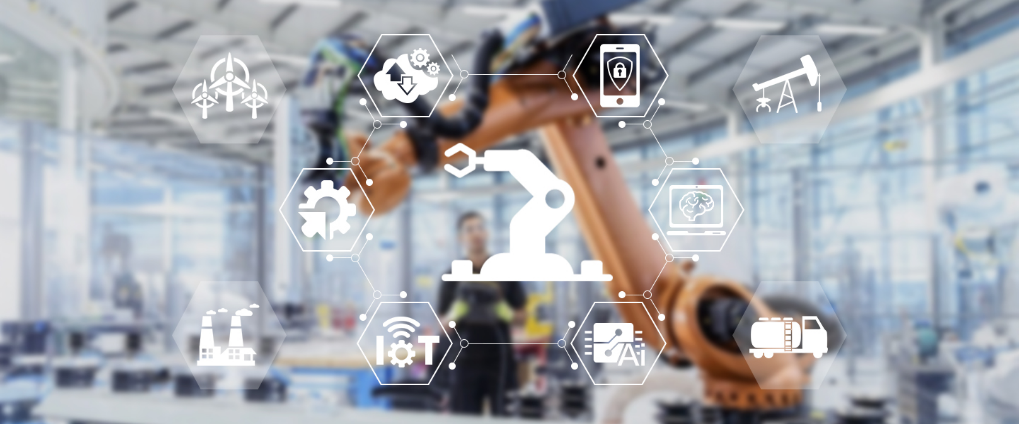
With 5G, IoT and the cloud, industrial systems will be better connected and will have the capacity to quickly adjust and coordinate the production capabilities of both upstream and downstream vendors. This will in turn lead to increasing the profitability of manufacturing by a large margin because, in reality, even small productivity increases of 5 to 10% can increase profits by several million US dollars when on a large scale.
What has now become somewhat of a convention, if not just the default, to use a single-machine intelligent system will no longer be able to serve the requirements of some large-scale machine learning and AI applications. As such, multi-system intelligence models and large-scale collaboration between machines will be an increasingly important solution. These systems will have the capacity needed to catch up with the real-time perception and cognitive decision models of this year's applications.
We think that, the continued development of collaborative sensing in the IoT arena and the continued rollout of ultra-fast 5G connections will help to realize the collaboration among multiple machines for large-scale production-grade tasks.
That is, the group intelligence brought by this sort of cooperation among machines will amplify the computing power of the individual machines as well as the collected intelligence of the system.
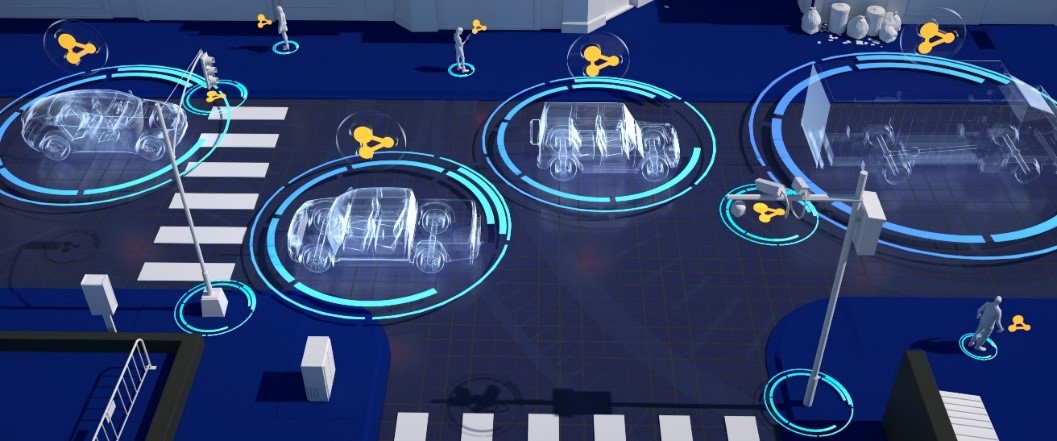
For example, intelligent traffic light dispatching will achieve even more dynamic and real-time adjustments. Warehouse robots will cooperate together for more efficient cooperation in cargo sorting tasks. And self-driving cars, or autonomous vehicles, will be able to cooperate with each other for significant improvements in efficiency and safety, and such kind of collaboration will also be seen among unmanned aircrafts and drones.
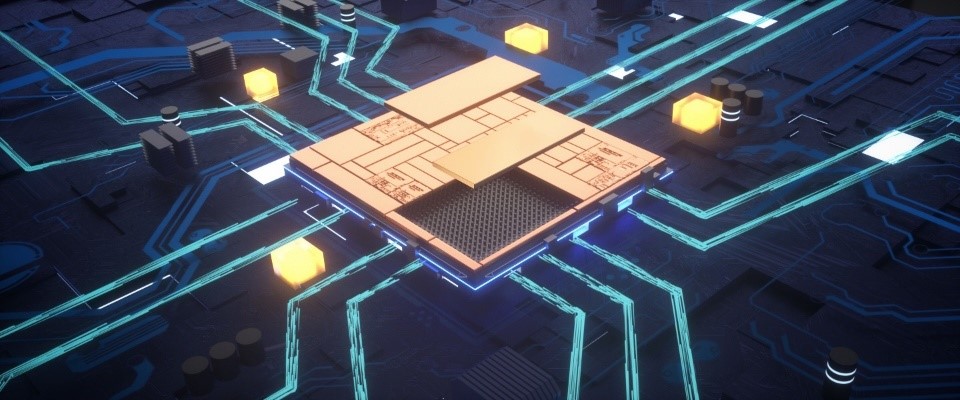
The reality is that traditional models for chip design won't be able to respond efficiently to the fast changing, ever evolving, and increasingly fragmented chip production market, especially when it comes to producing custom chips.
Rather, the open-source system-on-a-chip (SoC) chip design that is based on RISC-V, with high-level hardware description language and IP-based modular chip design methods, is a much better solution. In fact, it has already accelerated the rapid development of agile design methods and the ecosystem of open source chips. In addition, the modular design method based on chiplets is also an improvement. It uses advanced packaging methods to package the chiplets with different functions together, which can quickly customize and deliver chips that meet specific requirements of different applications.
We predict that blockchain-as-a-service (BaaS) will be an important technology this year. It will continue reduce the barriers of entry for several different kinds of enterprise-level blockchain applications. We think also that we will start to see a variety of chips specifically made for blockchain this year—ones that will be pre-installed algorithms and connected to the cloud.
With the emergence of this hardware, assets in the physical will be world mapped to assets in blockchain world. And, all of this will expand the boundaries of the Internet-of-Value while also realizing the multi-chain interconnections of the future.
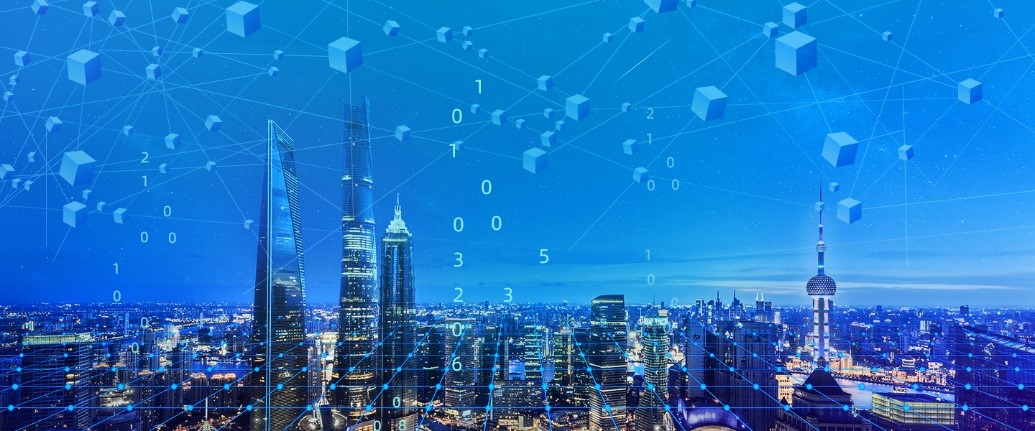
At the same time, we think that we'll start to see a large number of innovative applications of blockchain technology, ones which take advantage of multiple dimensions of collaboration across several different industries and ecosystems. We also predict large-scale production-grade blockchain applications will gain mass adoption, with more than 10 million daily active items.
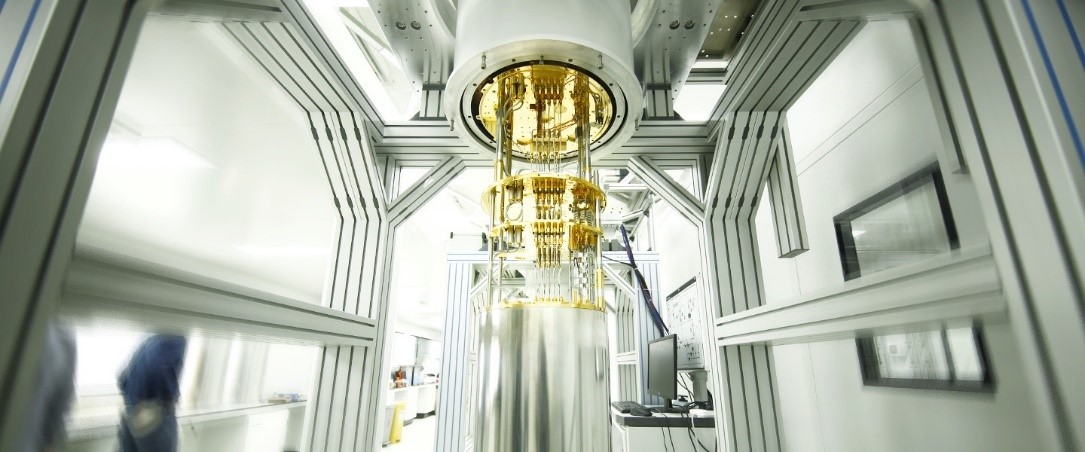
In 2019, the race to reaching "Quantum Supremacy" went back into the spotlight, bringing everyone's attention back to the question of quantum computing. And, adding to this, demonstrations of some impressive computing power over the past year also turned some heads, and showed that quantum and supercomputing will very much become a reality. The improvements and advancements we saw in computing power took advantage of some superconducting circuits.
Following this, in 2020, we foresee the field of quantum computing as receiving increased investment in part as a result of increasing competition. This market will also receive a boost by gaining an even larger industry presence with the formation of a related ecosystem.
And in the years to follow, we think that the next milestones will be the realization of fault-tolerant quantum computing and the demonstration and implementation of high-level quantum computing in real-world scenarios. Both of these are not possible yet, but will soon be, as quantum computing is entering a critical period in its development.

Under the pressure of both Moore's Law and an explosive demand for computing power and storage, it is difficult for classic Si-based transistors to carry forward the sustained development of the semiconductor industry. To this day, major semiconductor manufacturers have had no clear answers to this problem.
However, with new materials will come new logic, storage, and interconnection devices through new physical mechanisms, and these new mechanisms will in turn drive a continuous flow of innovations in the semiconductor industry.
Among other things, we think that topological insulators, along with two-dimensional superconducting materials that can achieve lossless transport of electrons and spin, will become the all-important foundation for progress in this industry. They will bring with them new levels of performance as well as connect devices together. At the same time, new magnetic materials and new resistive switching materials will have the capacity needed to realize high-performance magnetics memory, including SOT-MRAM and resistive memory.
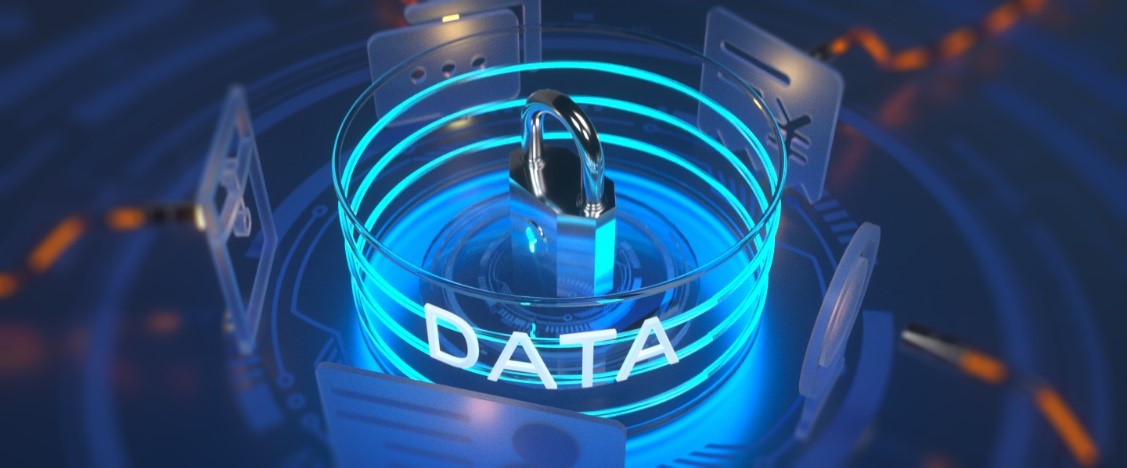
Across the globe, including in American and Europe, security and compliance costs demanded by the recent data protection laws and regulations related to the processing of personal data are amounting to much higher numbers than ever before. And, in light of all of this, there has also been a growing interest in using AI and other related technologies to protect user privacy. The hope is that customers can use various online services while still keeping data private. These technologies should help to some degree restore some trust after several data privacy scandals over the past year.
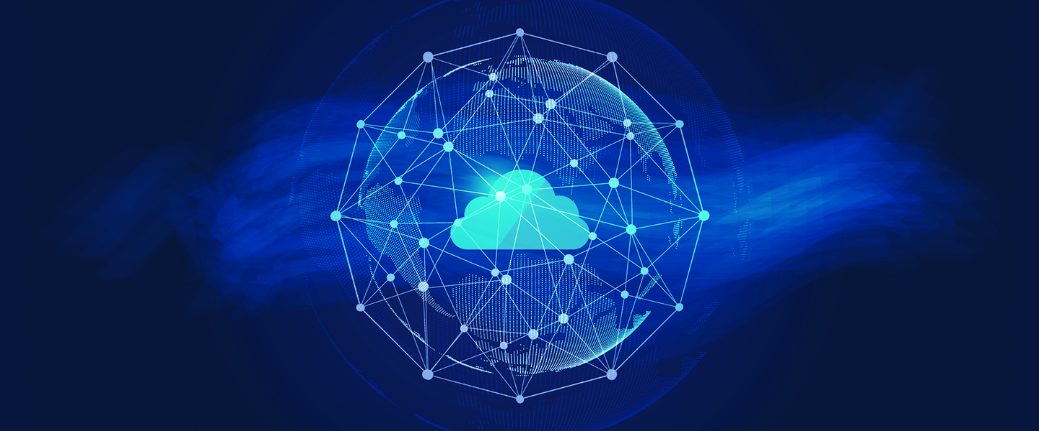
We see cloud as being as important as ever. In recent years and still today, with the increased development and further integration of cloud computing technology in several different industries, cloud has grown well beyond the traditional scope of information technologies, and yet it has also gradually come to be the center of nearly all technological innovation.
Cloud is closely connected with several different sectors in IT including chip design, database and data management systems, self-driving adaptive networks, big data, artificial intelligence, the Internet-of-Things, blockchain, and even quantum computing. At the same time, cloud also serves as a cradle of new and upcoming technologies, such as serverless computing, cloud-native software, new explorations in software and hardware integration, and intelligent automation.
To sum things up, cloud computing up to the present has refined nearly every aspect of the technology space and, more broadly, the world we live in. Therefore, we are certain that it will continue to transform new and fresh technologies into services that will continuous to empower our digital economy.
To discover more about what technology trends we can expect, and how they will affect our lives, download Top 10 Technology Trends in 2020 by Alibaba DAMO Academy now.

2,599 posts | 764 followers
FollowAmuthan Nallathambi - June 4, 2023
Alibaba Clouder - October 27, 2020
Alibaba Clouder - December 6, 2016
Hologres - July 7, 2021
Alibaba Clouder - November 5, 2018
digoal - February 20, 2020

2,599 posts | 764 followers
Follow ECS(Elastic Compute Service)
ECS(Elastic Compute Service)
Elastic and secure virtual cloud servers to cater all your cloud hosting needs.
Learn More Container Service for Kubernetes
Container Service for Kubernetes
Alibaba Cloud Container Service for Kubernetes is a fully managed cloud container management service that supports native Kubernetes and integrates with other Alibaba Cloud products.
Learn More Big Data Consulting for Data Technology Solution
Big Data Consulting for Data Technology Solution
Alibaba Cloud provides big data consulting services to help enterprises leverage advanced data technology.
Learn More OSS(Object Storage Service)
OSS(Object Storage Service)
An encrypted and secure cloud storage service which stores, processes and accesses massive amounts of data from anywhere in the world
Learn MoreMore Posts by Alibaba Clouder